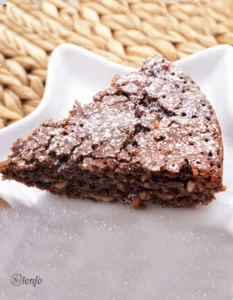They say there’s no place like home, and nothing beats a home-cooked meal. But let’s face it — there are certain dishes that just taste better when prepared by professionals. Whether it’s the specialized equipment, premium ingredients, or expert techniques, restaurants often have the upper hand when it comes to delivering exceptional flavor. A recent Tasting Table survey revealed that steak, pancakes, and salads top the list of foods that people consistently agree taste better at restaurants than at home. But these aren’t the only culinary delights that shine brighter when served outside your kitchen.

Here’s a closer look at some of the restaurant foods that outshine homemade versions and the reasons why they’re so hard to replicate. Plus, we’ll share a few tips to help you get a little closer to restaurant-quality results in your own kitchen.
1. Scrambled Eggs: A Breakfast Classic Perfected

You’ve probably noticed that scrambled eggs from a restaurant taste better than the ones you make at home. It’s surprising, considering they only require a few basic ingredients. One common misconception is that adding milk improves scrambled eggs. In reality, it makes them rubbery and dull in flavor. Instead, try adding water—about half a teaspoon per egg. This helps create steam while cooking, preventing the proteins from binding too quickly and resulting in fluffier, more tender eggs.
It’s understandable to want breakfast on the table quickly, but turning up the heat won’t do your scrambled eggs any favors. Cooking them too fast leads to dry, rubbery eggs. Most chefs recommend using low to medium heat for the best texture. Some, like Mark Bitterman, even take up to 30 minutes to prepare scrambled eggs (according to NYT Cooking). While it might seem like a quick dish, the perfectly soft and creamy scrambled eggs you get at a diner take more care than you might expect.
2. Burgers: Juicy and Flavorful Every Time
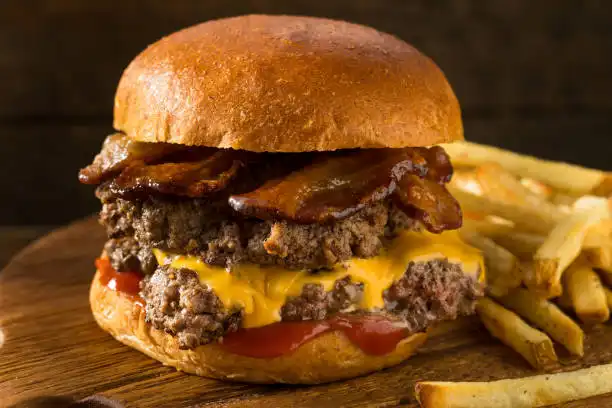
A backyard barbecue is a summer staple, but homemade burgers rarely rival those from a restaurant. One reason is the quality of the beef. Many restaurants use grass-fed or grass-finished beef with a higher fat content (20-25%) for maximum juiciness. They also avoid pressing down on patties while cooking, which preserves moisture. Add carefully selected toppings and buns, and it’s no wonder restaurant burgers are hard to beat.
3. French Fries: Crispy Perfection

The crispy, golden fries you get at a restaurant owe their magic to specific techniques. Restaurants often use russet potatoes for their starch content and fry them twice — first at a lower temperature to cook them through, then at a higher temperature for crispiness. Commercial fryers and reused oil also contribute to their signature texture and flavor. While replicating this process at home can be tricky, using a high-smoke-point oil and double-frying your potatoes can help you get closer.
4. Pad Thai: Stir-Fried Elegance
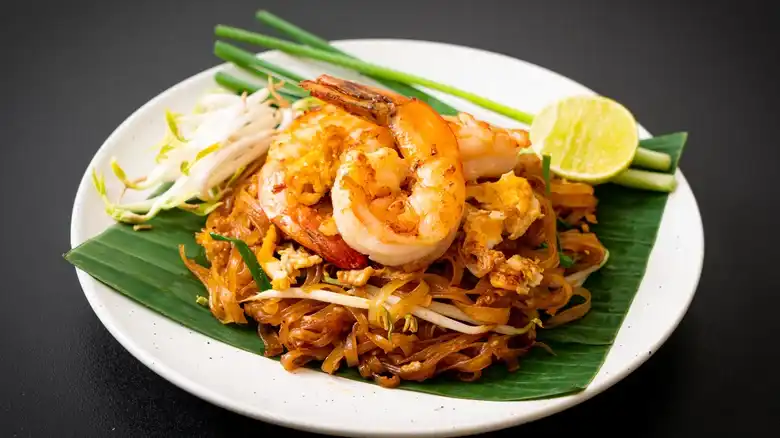
Pad Thai is a street food staple that’s notoriously hard to replicate at home. According to Chef Orachun Yodkamlue, high heat is essential to prevent noodles from sticking together. The order of ingredient incorporation also matters — starting with protein and homemade sauce, followed by aromatics and noodles, ensures balanced flavors. Restaurants often use tamarind sauce, fish sauce, and sugar to craft the perfect sweet-and-savory profile.
5. Fried Rice: The Magic of Wok Hei
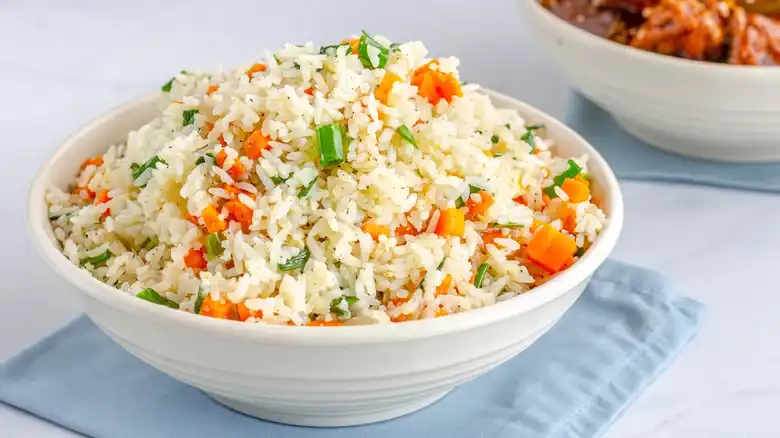
The secret to restaurant-style fried rice lies in “wok hei,” or the breath of the wok. This unique flavor comes from using a wok over extremely high heat, which creates smoke and caramelization. At home, achieving this level of heat can be challenging, but preheating your wok until it smokes and keeping your ingredients moving can help mimic the effect.
6. Vegetables: A Flavorful Twist
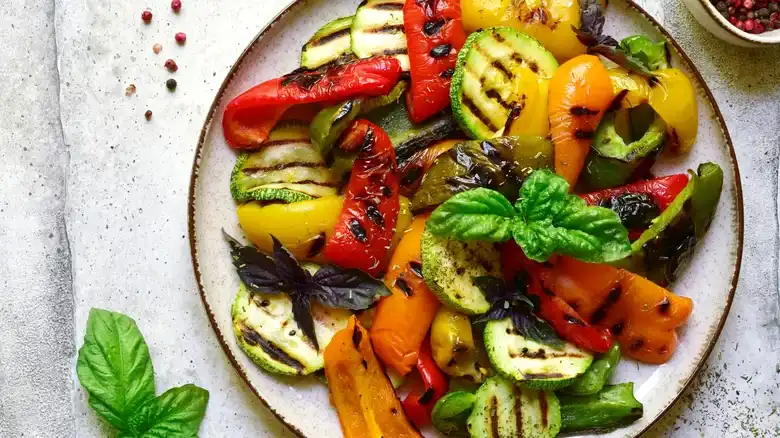
Why do vegetables taste better at restaurants? The answer is simple: butter, salt, and creative seasoning. Restaurants don’t shy away from using fats like butter or olive oil and often blanch vegetables before roasting or grilling them for optimal texture. Adding fresh herbs, cheese, or vinegar can also elevate your veggies from bland to brilliant.
7. Sushi: Simplicity Meets Expertise

Sushi may seem straightforward, but its simplicity demands perfection in every component. From the freshest fish to expertly seasoned rice, sushi chefs spend years honing their craft. If you’re making sushi at home, use high-quality ingredients and assemble it just before serving for the best results.
8. Tacos: Handmade Tortilla Magic
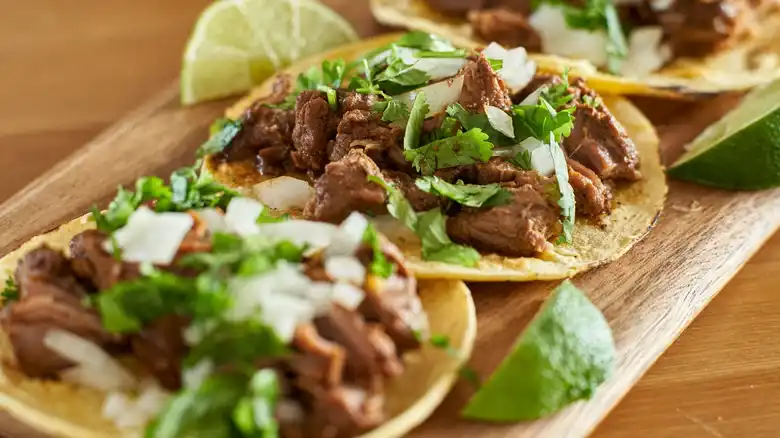
The secret to restaurant-style tacos lies in handmade tortillas. Whether corn or flour, fresh tortillas make all the difference in flavor and texture. Corn tortillas require just masa harina, water, and salt, while flour tortillas benefit from high-protein flour and solid fats like lard or butter.
9. Pizza: The Power of the Pizza Oven
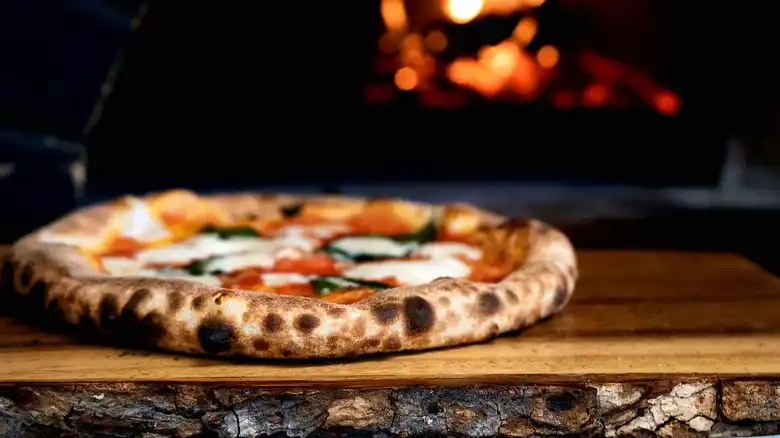
Pizza is another dish that’s hard to beat when it comes from a restaurant. The key difference? Pizza ovens can reach temperatures of up to 1,000°F, creating the perfect crust texture that’s nearly impossible to replicate in a standard home oven. Additionally, fresh pizza sauce — made with crushed tomatoes and no pre-cooking — ensures balanced flavor.
10. Salad: More Than Just Greens
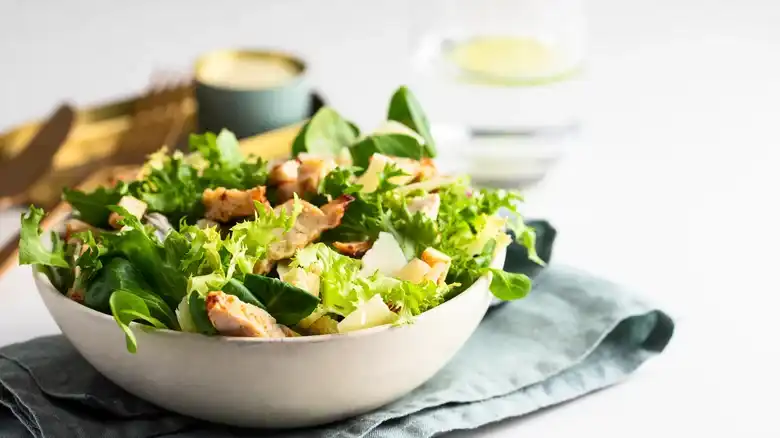
Restaurant salads are often a meal in themselves, thanks to creative combinations of greens, toppings, and dressings. Chefs season their greens with salt and pepper before adding dressing and incorporate fats like avocado or nuts for additional flavor and texture.
11. Pancakes: Fluffy Stacks of Goodness

Diner pancakes are thick, fluffy, and irresistible — so what’s their secret? Cold ingredients prevent premature leavening reactions, while lumps in the batter indicate you haven’t overmixed it. Restaurants also use griddles for even cooking, but you can try baking pancakes in a sheet pan for similarly consistent results.
12. Steak: The Art of Aging
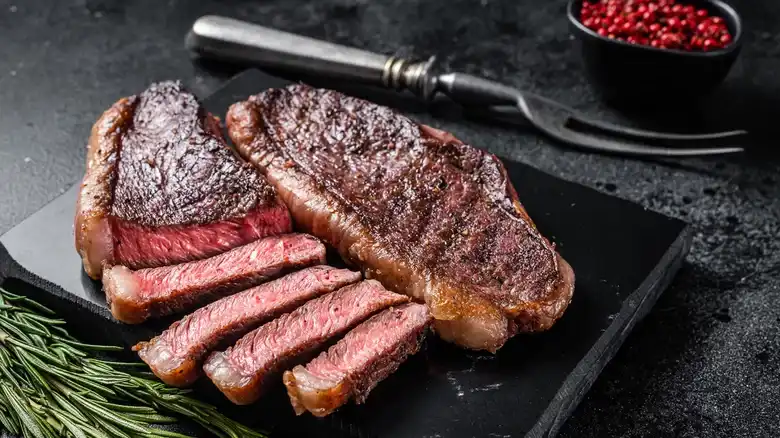
Steakhouse steaks are often dry-aged for weeks to develop deep flavors, whereas most grocery store meat is wet-aged for just 10 days. Dry-aging at home is possible but requires careful monitoring of temperature and cleanliness.
13. Sandwiches: Built for Balance
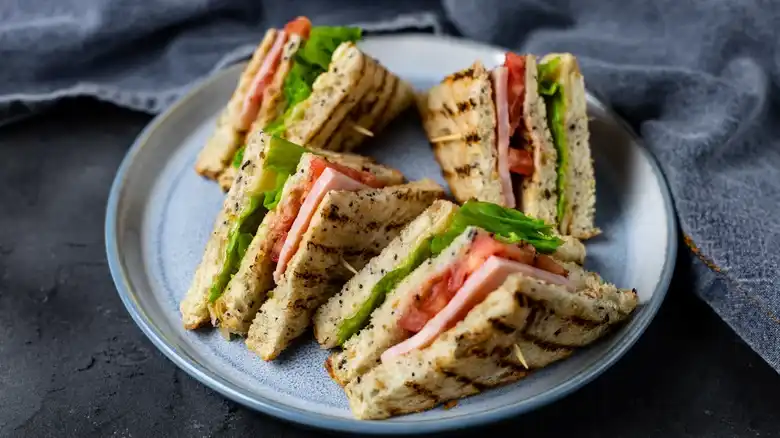
Restaurant sandwiches excel thanks to high-quality ingredients and thoughtful construction. Spreading butter or mayo on bread before adding fillings prevents sogginess, while balancing flavors (like pairing vinegar with mayonnaise) ensures every bite is delicious.
14. Indian Curries: Layers of Flavor
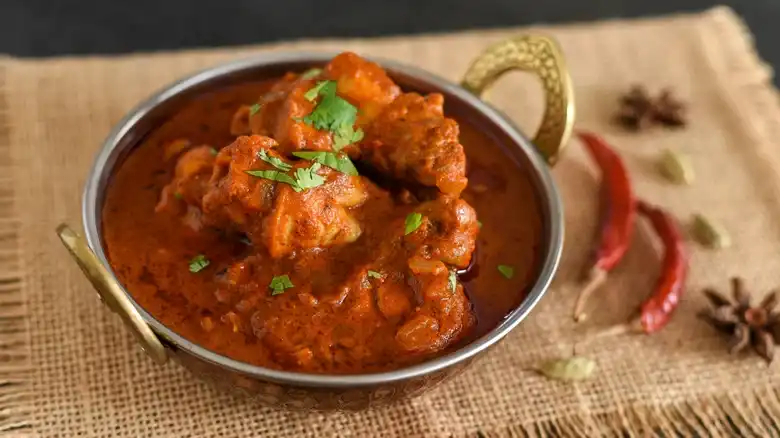
Indian curries are rich and complex due to techniques like tempering whole spices in oil and layering aromatics before adding powdered spices and proteins. Following these steps precisely — and not skimping on oil — is essential for achieving authentic flavors.
15. Phở: A Labor of Love
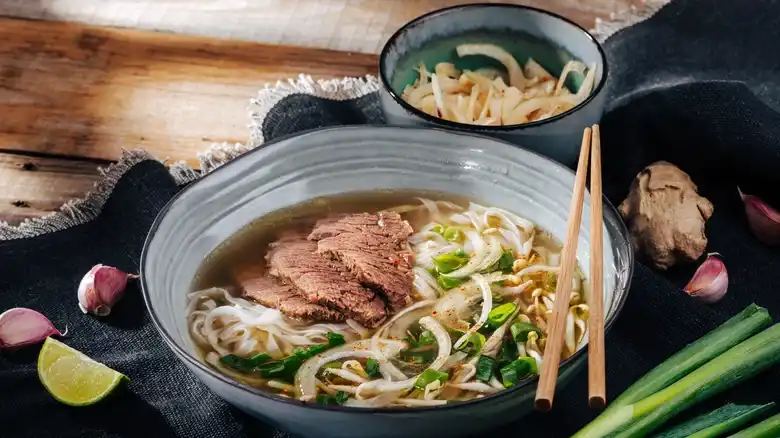
This Vietnamese noodle soup relies on deeply flavored bone broth made by simmering beef bones for hours. While time-intensive, making phở at home can be rewarding if you’re willing to invest the effort.
Final Thoughts
While some dishes will always taste better at restaurants due to specialized equipment or professional expertise, you can still elevate your home cooking by adopting some of these tips and techniques. Whether it’s using fresh ingredients, experimenting with new cooking methods, or simply taking your time with preparation, you might just surprise yourself with how close you can get to restaurant-quality results!



